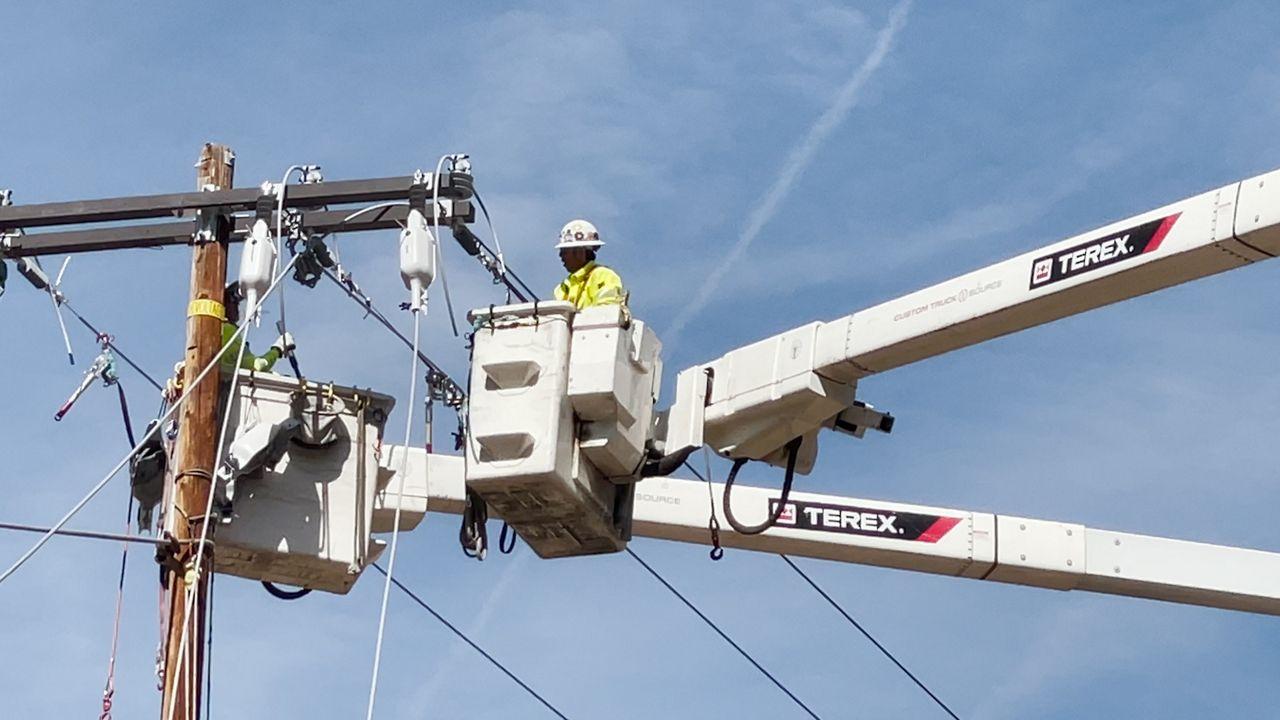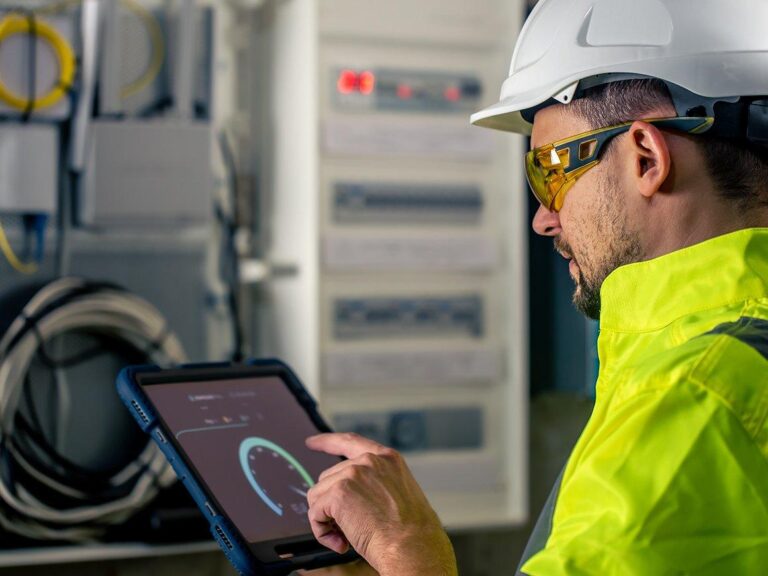Before any electrical installation begins, a thorough site assessment is essential. This process involves inspecting the location to determine the specific requirements of the installation and any potential obstacles. For an electrician, it’s important to evaluate the condition of the building’s existing electrical infrastructure, check for hazards, and understand the demands of the new system.
In residential or commercial properties, the layout of the building, the distance between power sources, and the types of devices that will be connected all influence the scope of the installation. Factors like the power demand, safety regulations, and the need for energy efficiency should also be considered. For example, larger homes with multiple high-power appliances may require a more robust electrical system. Similarly, industrial settings often need specialised wiring and equipment to handle heavy electrical loads.
This stage of the process allows the electrician to identify any issues that could cause complications during installation, such as outdated wiring, lack of appropriate circuits, or structural problems that may hinder the placement of new wiring or fixtures. With a complete understanding of the site’s electrical needs, the electrician can move on to choosing the right system for the job.
Choice of Electrical System and Components
Once the site assessment is complete, the next step is choosing the correct electrical system and components for the installation. Electricians must ensure the selected equipment is not only appropriate for the client’s current needs but is also future-proof. This involves selecting wiring, circuit breakers, outlets, and other devices that match the power demands of the property and comply with local electrical standards.
The choice of materials often depends on the scope of the installation. For instance, standard copper wiring is common for most residential setups, while commercial and industrial installations may require more heavy-duty components like aluminium wiring or specialised electrical panels. Additionally, energy-efficient technologies such as LED lighting or solar power systems may be recommended based on client preferences or sustainability goals.
Electricians also take into account safety factors, ensuring that all selected components are certified and meet Australian electrical safety standards. Selecting the wrong components can lead to malfunctioning systems, electrical hazards, or future costly repairs. It’s essential to plan for future expansions or upgrades, particularly in commercial installations where electrical demands may increase over time.
Installation Process
Once all materials and components have been chosen, the actual installation begins. The electrician follows a structured process, which typically starts with laying the groundwork for the wiring. This involves drilling, setting conduits, or running cables through walls and ceilings as per the building’s layout.
The next phase is connecting the wiring to the main power supply and installing outlets, switches, and other fixtures. Electricians must carefully follow local safety guidelines and building codes to ensure that all wiring is installed safely and securely. Testing the wiring and components is a critical step before finalising the installation. This ensures that the system operates correctly and that there are no faults or issues that could pose a safety hazard.
Electricians then finish by installing circuit breakers or fuse boxes and testing the entire electrical system for reliability and safety. This is followed by the final connection to the grid or power source. Any last-minute adjustments or tweaks are made to ensure that the system runs smoothly.
Finally, the installation is completed with a comprehensive handover to the property owner, including information on how the system operates, safety instructions, and any required maintenance.

















